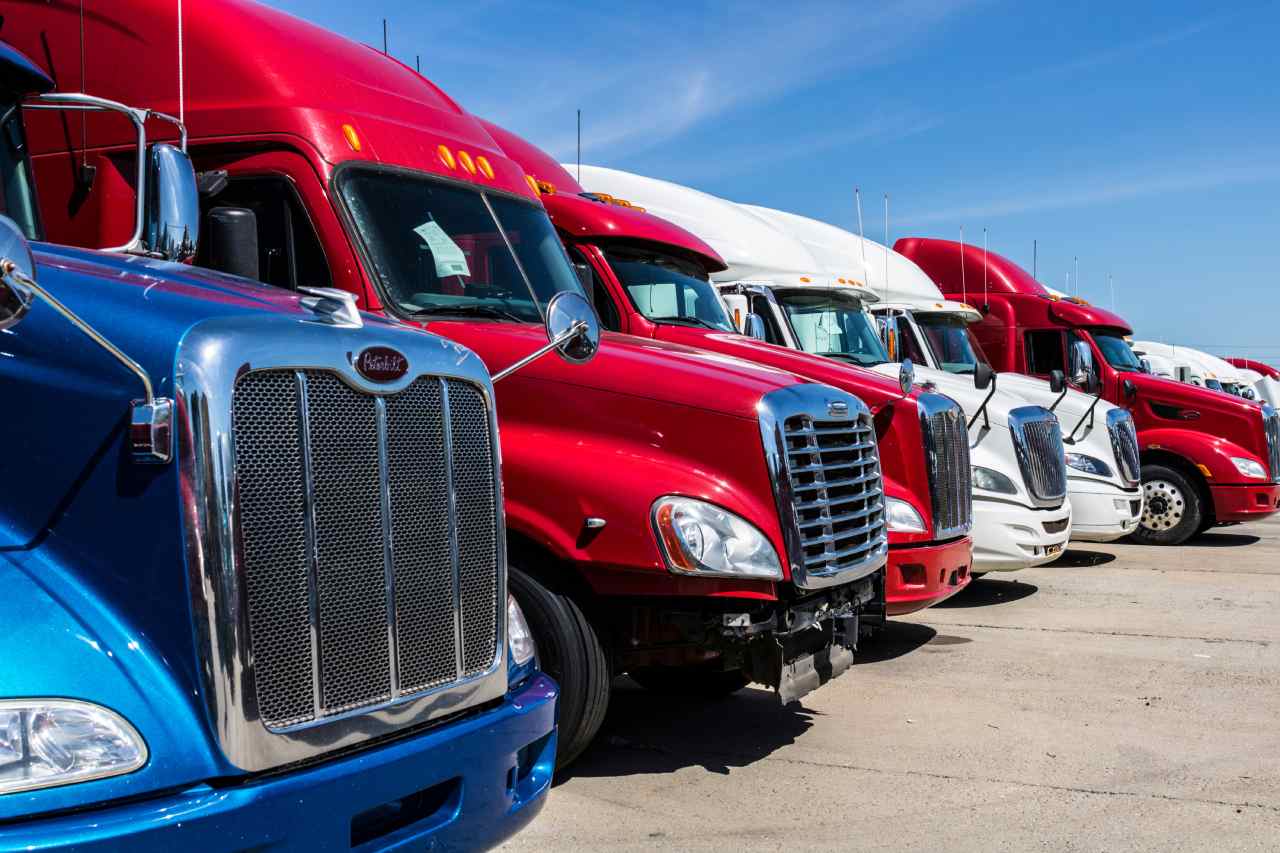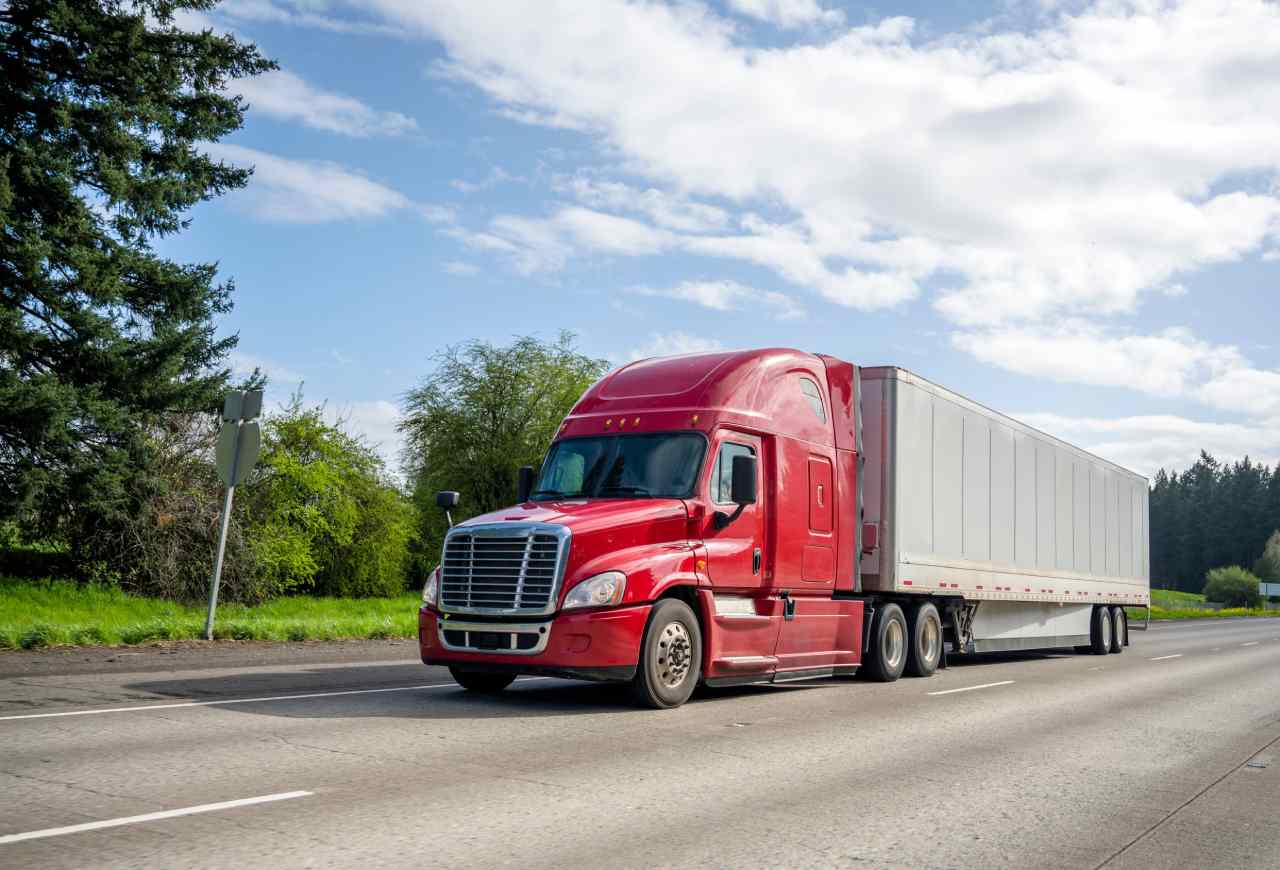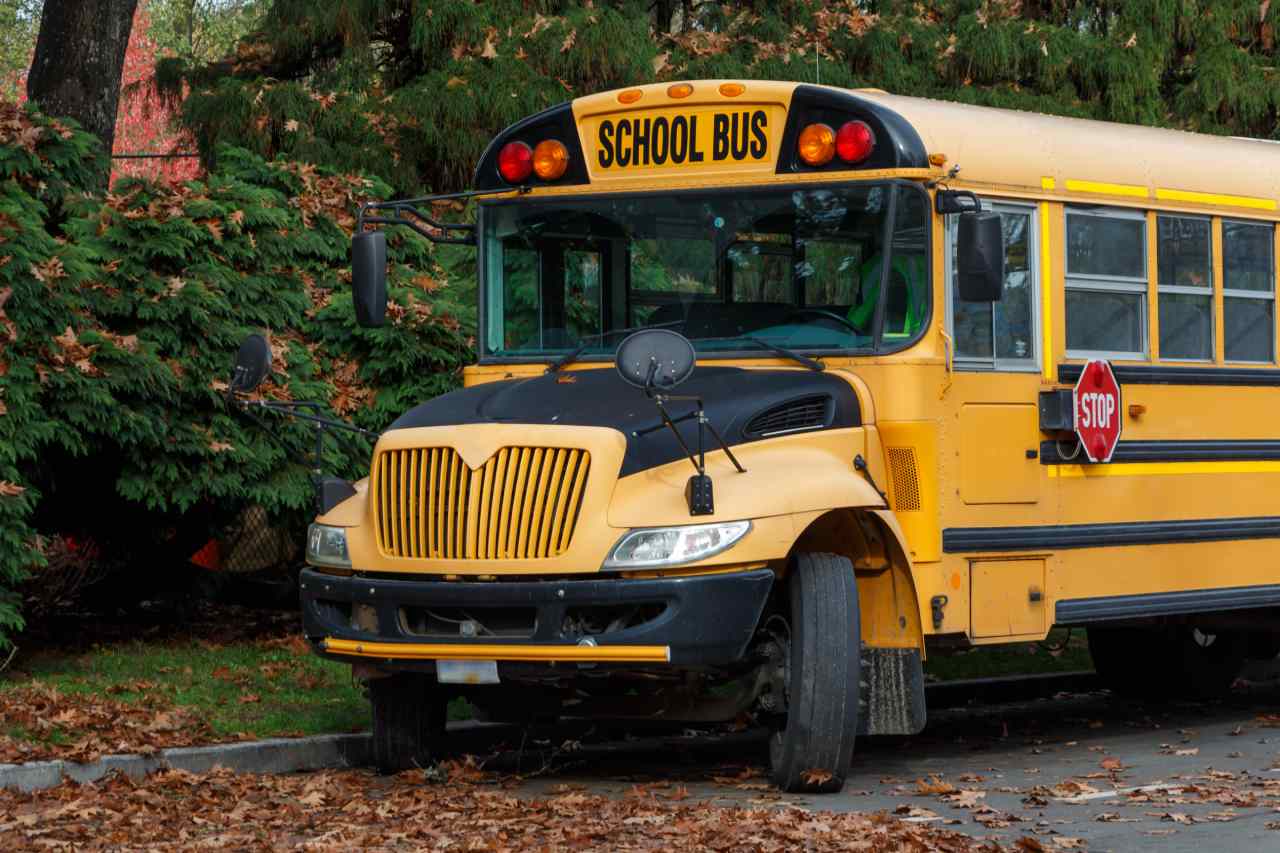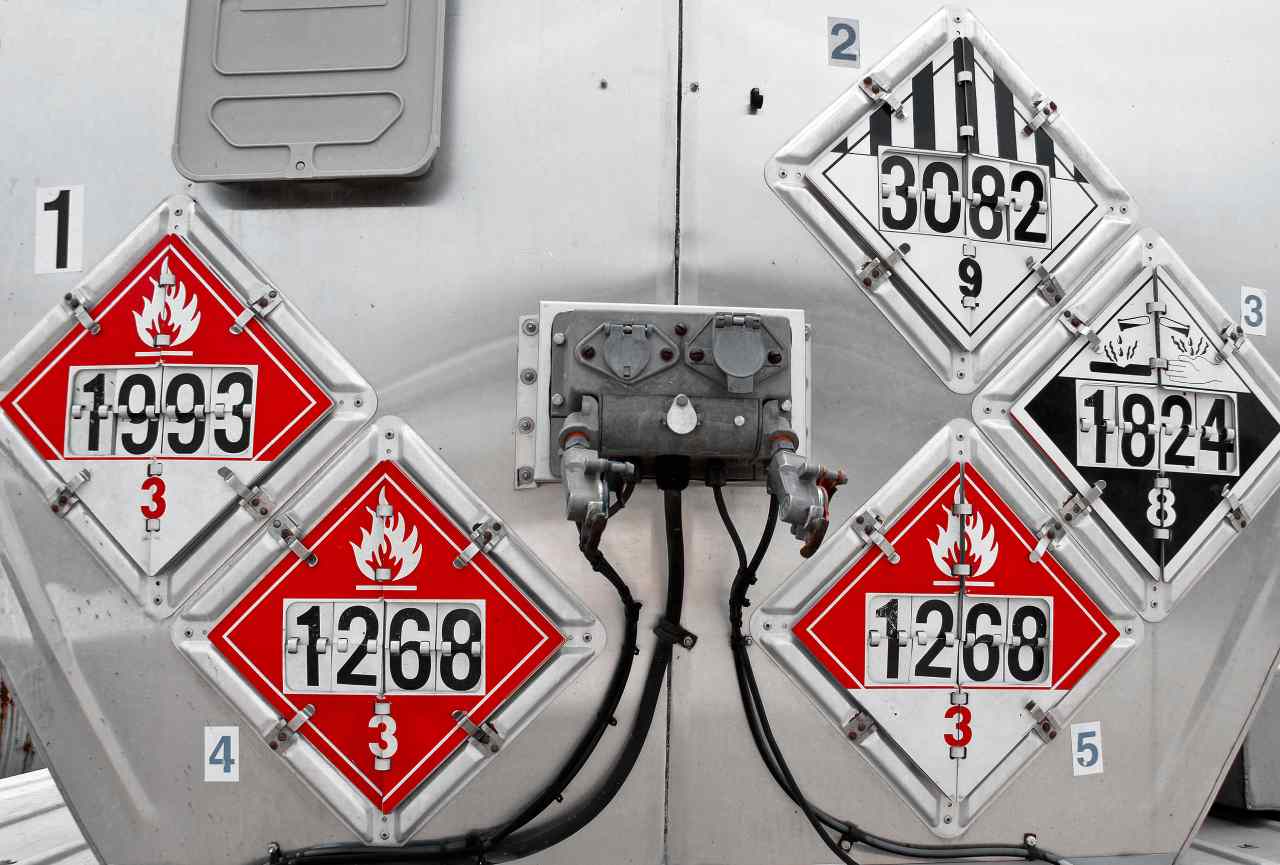
Which CDL license type should I get is a question that many people ask themselves when they are looking to get their commercial driver’s license. The answer, however, is not always straightforward. A commercial driver’s license (CDL) is a driver’s license required to operate large or heavy vehicles. As defined by the North American Industry Classification System (NAICS), large trucks and truck tractors fall under the category of transportation and warehousing. The Federal Highway Administration, part of the USDOT, categorizes commercial motor vehicles as those having a gross vehicle weight rating (GVWR) of 10,001 pounds or more.
There are three main types of commercial driver’s licenses: Class A, B and C. Each type of commercial drivers’ license is defined by the vehicles they allow the holder to drive.
Class A CDL
The Class A CDL is the most common license. It allows you to operate any combination of vehicles with a gross combined weight rating (GCWR) over 26,000 pounds provided it has an air brake system. A class A CDL also allows you to operate a tractor-trailer.
A CDL class A license allows you to drive any vehicle with a gcwr of 26,001 or more pounds that has an airbrake system. This includes:
-Tractor Trailers
-Dump Trucks
-Flatbeds
and many other large trucks and vehicles!

Drivers with a Class A CDL make between $50,000 and $100,000 annually on average. Entry level truckers can expect to make about $30,000 but as they gain experience they will be able to increase their earnings significantly.
Class B CDL
The Class B CDL is the most common license for passenger vehicles. It allows you to operate any single vehicle with a GVWR over 26,000 pounds, or any such vehicle towing a trailer with a GVWR of over 11,000 pounds and those that meet “exempt” vehicle standards as defined in sec 283-25(a). A class B CDL also allows you to drive buses with 16 or more passengers including the driver.
Class B licenses also cover many small buses and vans including:
-Medium sized school buses
-Smaller tour/charter buses
-Smaller urban and suburban buses

Most tractor trailers are also driven with a Class B CDL. Drivers in this class make between $35,000 and $75,000 per year.
Class C CDL
A CDL class C license covers vehicles that can accommodate 16 or more people (including the driver). This includes vans, small HAZMAT vehicles, and mixed-use vehicles not classified as Class A or B. The holder of a class C license may also operate these larger commercial motor vehicles. This includes straight trucks, dump trucks, box trucks, and large passenger vans. You cannot drive tankers, double or triple trailers unless you have obtained additional endorsements.
What vehicles can you drive with a class C CDL?
A CDL class C license allows you to drive any vehicle that is not covered by a CDL Class A or CDL Class B licenses. This includes:
-Large passenger vans
-Small HAZMAT trucks
-Small trucks towing a trailer

Drivers with a Class C CDL make between $35,000 and $50,000 annually on average. Entry level truckers can expect to make about $30,000 but as they gain experience they will be able to increase their earnings significantly.
The Commercial Learner’s Permit (CLP)
A Commercial Learner’s Permit (CLP) is a license that allows you to practice driving commercial vehicles before getting your CDL. You must get your CLP from the state in which you live and it entitles you to drive with an experienced driver who has a valid CDL for 15 days while training.
To qualify, you must be at least 18 years old and have all of the required documentation including: proof of identity, social security number, medical card or third-class physical exam form completed by a certified physician within six months prior to application date, drug test results if applying outside of the state, verification of residency document such as utility bill or bank statement dated no more than days before application date showing your name and physical address, and completed application form.
The written test for a CLP is the same as the CDL license test and you must pass both tests to get your CLP. Be sure to study for the written test so that you can pass it with ease. The road test will also be more difficult if you have not studied properly.
How to Get Your CDL
To get a CDL, you must first pass a written test and then pass a road test in the type of vehicle you want to drive. In order to take the tests, you must have a valid driver’s license from your state of residence. You must also be at least 18 years old to get a CDL.
The types of vehicles that require a CDL include: tractor-trailers, buses with 16 or more passengers including the driver, single unit trucks and buses that are not classified as Class A or Class B vehicles, tankers, and double or triple trailers.
If you plan to operate any of these types of vehicles, it is important to know the CDL license requirements in your state. Make sure you study for the written test and practice driving with a licensed commercial driver before taking your road test.
Once you have passed the written and road tests, you will be issued a CDL from your state. Be sure to keep your CDL up-to-date by renewing it when necessary. You may also need to update your license if you change states or add endorsements.
The steps required to get a CDL vary by state, but typically include the following:
- Be at least 18 years old
- Have a valid driver’s license from your state of residence
- Pass a written test
- Pass a road test
- Get a CLP from the state in which you live
- Practice driving with an experienced driver who has a valid CDL for 15 days while training
- Pass the written and road tests for the CLP
- Receive your CDL from your state DMV.
/rating_on.png)